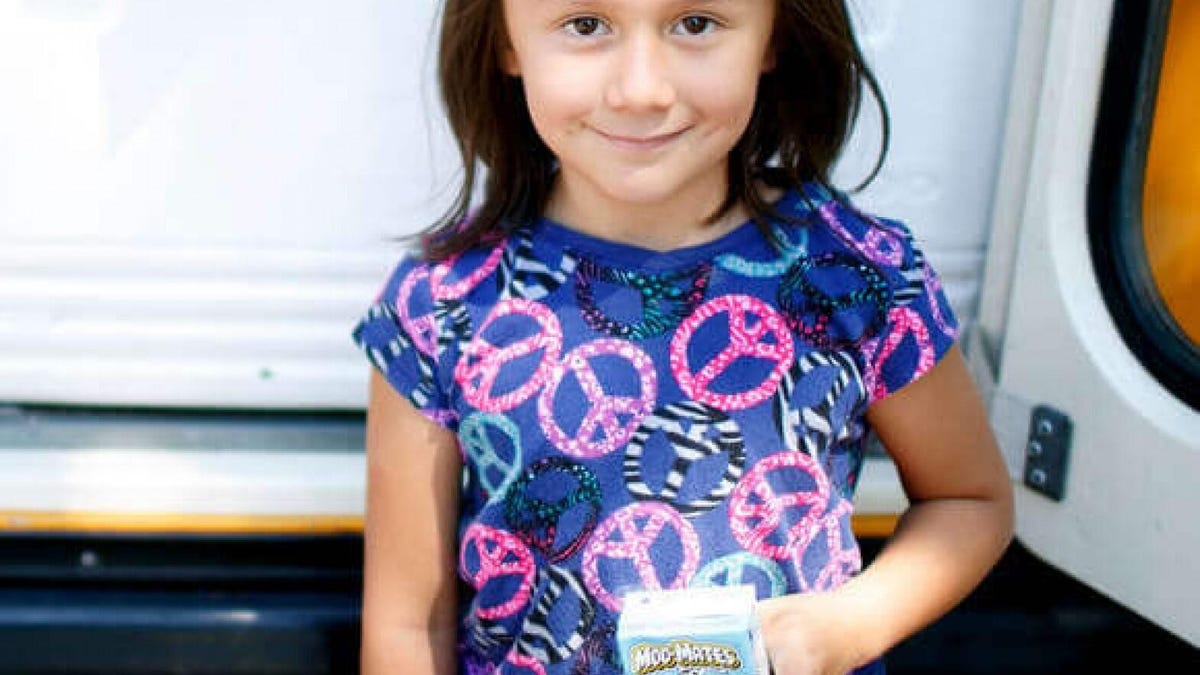Coronavirus pandemic leads to another outcome: Growling stomachs
Millions of kids are part of families that can't pay for food, while some farmers plow under crops.

Millions of American kids were already going hungry before the coronavirus pandemic hit. Then COVID-19 cut their family's income, closed the school where they received some meals and cleared grocery shelves of some essential foods. Now what?
"Before this pandemic, we were dealing with 22 million kids in the US who were getting a free or reduced-cost lunch because of food insecurity," says No Kid Hungry CEO Billy Shore. "Now of course, we have 50 million students out of school."
No Kid Hungry doesn't do front-line food distribution. Instead it supports organizations that do by offering funding, logistical support and legislative changes to make those organizations' jobs easier.
Before the pandemic "the law said you could only give that meal (directly) to the kid if you wanted that meal reimbursed, but parents aren't sending their kids to school," says Shore. "The law also said you could only give a child one meal (at a time). We played a big role in getting the laws changed" so parents can pick up meals for their children and don't have to do so multiple times a day.
While we're still coming to understand many of the challenges of the COVID-19 pandemic, Shore believes the child hunger problem it has deepened can be one of the simpler challenges to solve. "Kids in our country aren't hungry for the reason kids around the rest of the world often are. It's not war or famine or drought. It's poverty and our lack of the ability to connect kids to food."
No Kid Hungry helps power SMS and web-based tools to find meals for kids.
No Kid Hungry helps power a simple SMS service so texting "food" to 877877 returns a list of nearby locations where meals for kids are available for free. They also help host an online map that allows local food resources for kids.
Share Our Strength is the umbrella organization behind No Kid Hungry and, as of its 2018 filings, earns a three-star rating out of four on Charity Navigator, which reports the organization allocates 68% of funds to its programs and spends about 19 cents to raise each dollar of funding.
Shore had a lot more to say. Watch his conversation with CNET's Brian Cooley.
Now What is a video interview and panel series with industry leaders, celebrities and influencers covering the major changes and trends impacting business and how consumers connect in the "new normal" 2020 world and beyond. There will always be change in our world, there will always be technology helping us navigate that change, and we'll always discuss surprising twists, turns, and potential solutions.

